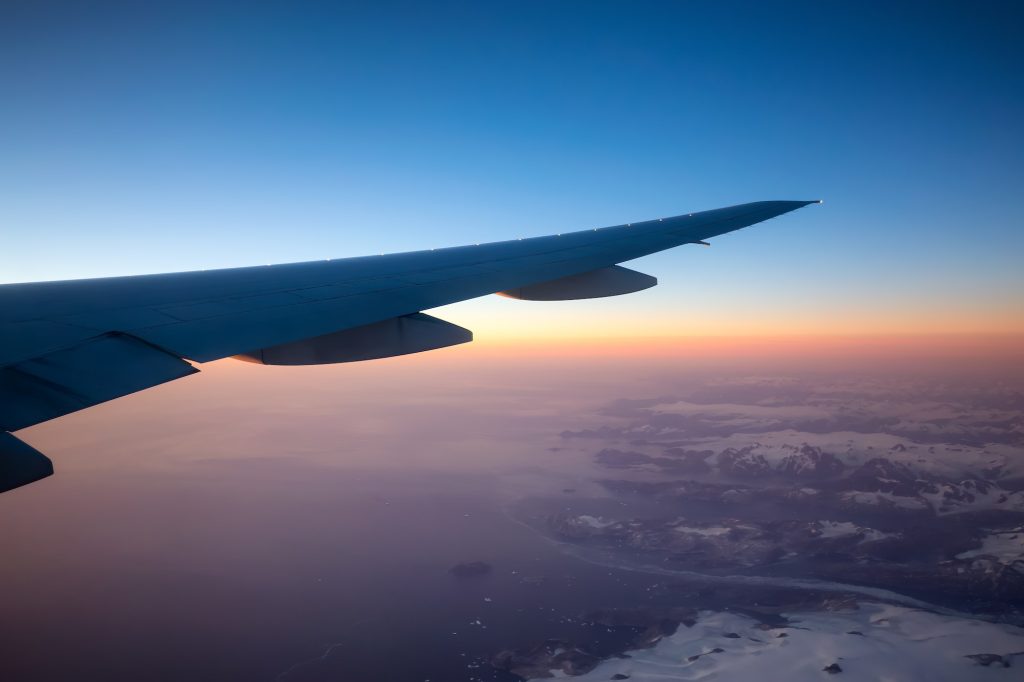Destinus, a European startup specialising in hypersonic technology, announced it had received a €12 million grant from the Spanish government to develop its hydrogen power hypersonic jet, with a further €15 million in the pipeline.
Destinus, a European startup specialising in hypersonic technology, has partnered with the Government of Spain to introduce hypersonic passenger flights from Europe to Australia, which would cut flight times to just 4 hours, down from the 20 hours it currently takes. The company tested its second prototype, named Eiger, over the past couple of years, the trials of which successfully ended in 2022.
Destinus announced it had received a €12 million grant from the Spanish government to develop its hydrogen power hypersonic jet, with a further €15 million in the pipeline. The grant comes as part of a strategic initiative by the Spanish Ministry of Science. It would mostly go towards funding a testing facility for hydrogen engines and research into hydrogen propulsion. The Spanish government aims to establish Spain as a world tech leader in the field of hydrogen propulsion as part of its plan to develop next-gen technologies and future-proof the Spanish economy.
“We are delighted to have been awarded these grants, especially because they are a clear sign that Destinus is aligned with the strategic lines of Spain and Europe to advance hydrogen flight,” Davide Bonetti, VP of Business Development and Products for Destinus, said. “For deep tech companies like us, access to these EU recovery funds is essential to carry out advanced research and accelerate the innovation needed to be competitive on a global scale. With these grants, hydrogen-based solutions for aeronautical mobility will be one step closer to becoming a reality”.
Destinus has established itself as a leader in hypersonics
Destinus was established by Russian scientist and entrepreneur Mikhail Kokorich in 2021, with its headquarters in Switzerland. It has so far developed two prototypes, Jungfrau and Eiger, and both have proven successful in tests. The company’s third prototype, Destinus 3, is expected to have its inaugural flight soon this year.
Along with the government funding, the company has also acquired Dutch firm OPRA (renamed Destinus Energy), which manufactures gas turbines and guarantees Destinus an income stream till the hypersonic technology is successfully commercialised. With other competitors either collapsing in the wake of the pandemic or being much further behind in development, Destinus has captured headlines with its working prototypes and government backing.
The firm hopes that small-scale passenger aircraft with a capacity of 25 passengers will be operational by the 2030s and large-size aircraft with multiple classes by the 2040s. Their projection is that hydrogen prices will have dropped drastically by then, allowing the technology to be economically profitable.
A sonic boom for the aviation sector
This development promises to revolutionise the aviation sector if successful. Traveling at Mach 5, or 6100 kmph, the Destinus hypersonic plane would allow flights from Frankfurt to Shanghai in just 2h45m (currently taking more than 10 hours), Frankfurt to Sydney in just 4 hours 15 minutes, and New York to London in a speedy 90 minutes. Long-haul intercontinental flights would be cut down to a quarter of the time, revolutionising the aviation sector and giving an impetus to tourism and business travel.
Hydrogen-powered hypersonic flight promises to be the most exciting development in transport since the Concorde. With reduced carbon emissions, noise pollution, and travel times, the potential benefits are enormous. Though there are still plenty of technical challenges to overcome, if realised, hypersonic travel would bring the aviation industry into a new era of faster, cheaper, and cleaner air travel.
